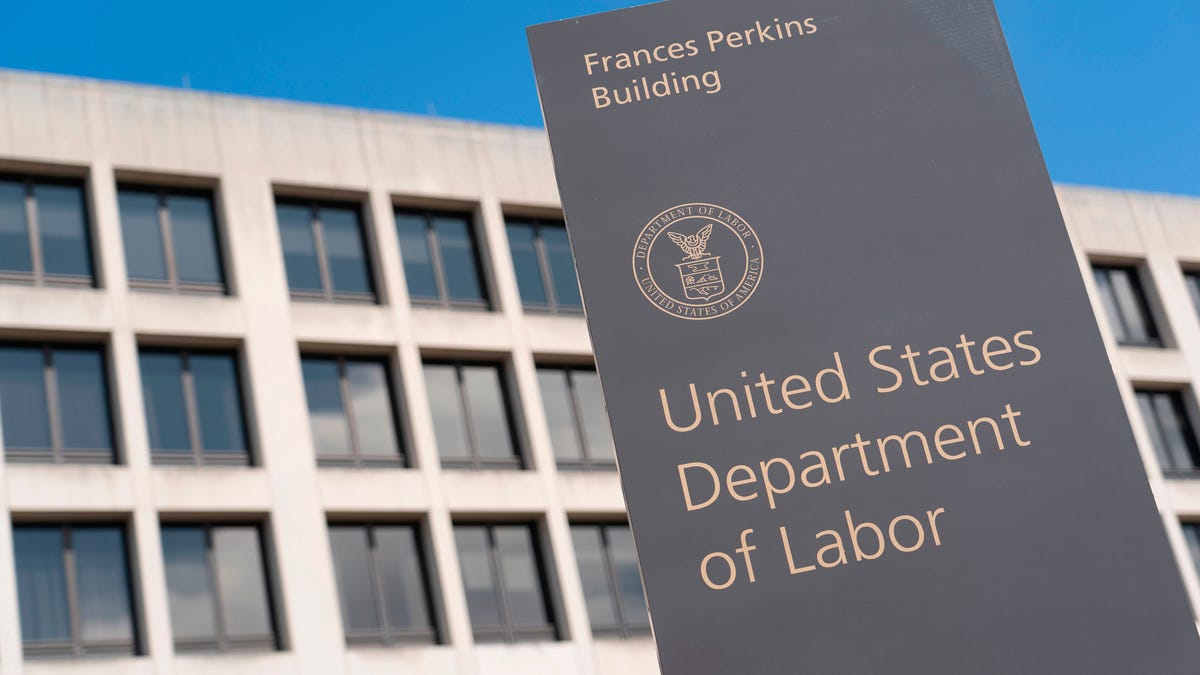US Jobless Claims Hit Five-Decade Low
It's a tight labor market, indeed.

Last week, just 187,000 people in the US filed for initial unemployment benefits claims, a near 53-year low, according to the US Department of Labor. These initial jobless filings are down 28,000, compared with the previous week, and they're at their lowest level since Sept. 6, 1969, when 182,000 people filed initial jobless claims.
The filings surprised experts polled by Reuters, who had forecast 212,000 initial filings for last week.
Throughout the Federal Reserve's last handful of press briefings, Chair Jerome Powell has consistently reported that the labor market is strong, with layoffs at 30-year lows and wages rising faster than prior years. The Labor Department's new data is now aligned with that view.
At the outset of the COVID pandemic two years ago, weekly unemployment claims hit record highs, topping 6.6 million in a single week in late March 2020 as lockdowns and fear crashed the job market. By late May 2020, the total number of jobless claims since mid-March topped a whopping 40 million.
And now, two years later, the US economy has bounced back, even as steep inflation and record-high gas prices squeeze consumers.
This data comes as the Fed contemplates raising interest rates more aggressively to contain inflation, with Powell acknowledging that there is an "obvious need to move expeditiously" in order to reel in soaring prices. The bright portrait painted by the Labor Department's data may give the Fed the confidence it needs to move forward with a half percentage point increase in the federal funds rate, which effectively manipulates interest rates in the economy.
These strong job numbers bring the Fed closer to reaching one of its goals mandated by Congress: to reach maximum employment while tempering inflation.

